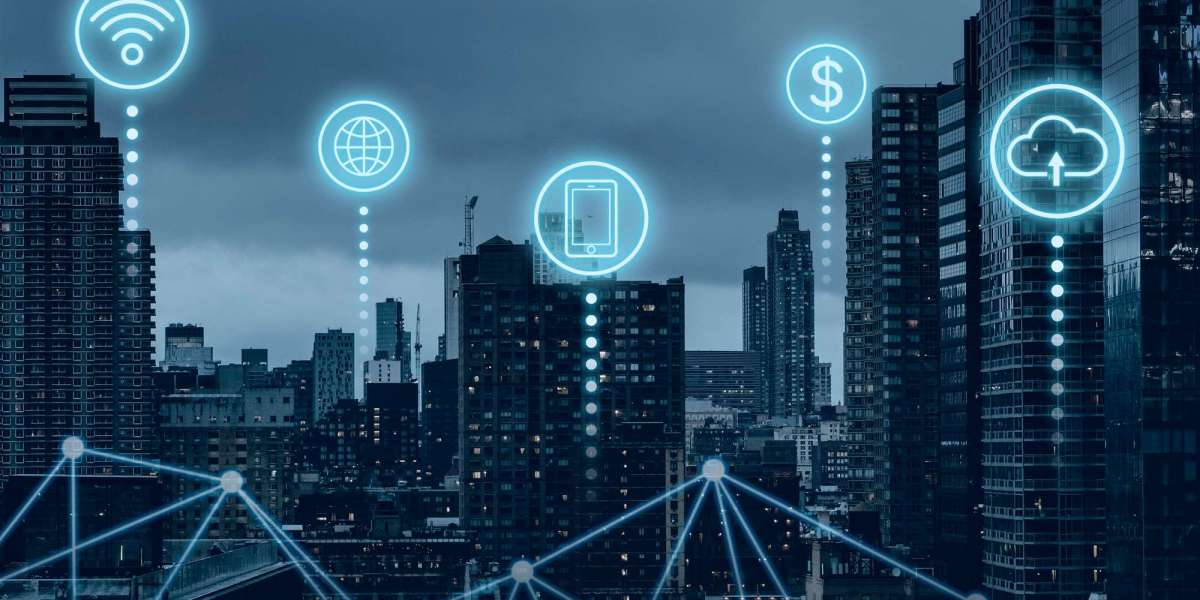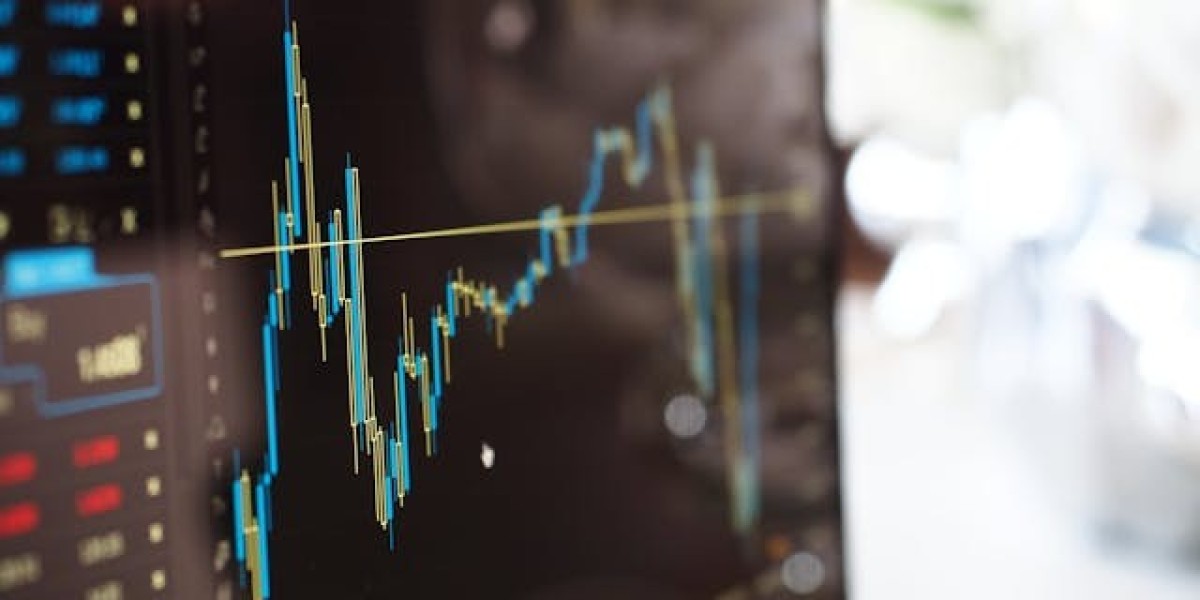article image source: freepik.com (link)
The Internet of Things: Connecting People, Cities, and Industry
Introduction
The Internet of Things (IoT) has rapidly evolved from a futuristic concept into a fundamental part of modern life. From smart home devices and connected cars to intelligent industrial machinery and data-driven cities, IoT is reshaping daily living, business operations, and urban planning. As billions of devices communicate seamlessly across networks, they generate insights that make systems more efficient, safer, and increasingly automated.
This article explores how individuals, cities, and industries across the world are adopting IoT technologies—and how these connected systems are setting the stage for a smarter and more sustainable future.
advertisement
IoT in Everyday Life Across Europe
In 2024, IoT adoption among individuals reached a significant milestone. According to Eurostat, 70% of EU residents aged 16–74 used at least one internet-connected device. Yet usage varied widely across countries—from 95% in the Netherlands to 46% in Poland—highlighting differences in digital adoption across the region.
Internet-connected TVs dominated as the most common household IoT device, used by 58% of Europeans. Other popular devices included wearables such as fitness trackers, game consoles, and smart speakers. More advanced smart-home technologies, such as automated energy systems or internet-connected appliances, were used by smaller segments of the population but continued to grow as technology became more accessible.
Age also played a major role: young people aged 16–24 showed the highest adoption rates, with 84% using IoT devices. Meanwhile, adults aged 35–44 were more likely to use home-related systems such as smart appliances, security devices, and connected vehicles—consistent with family and homeownership phases of life.
Despite overall growth, a portion of Europeans still choose not to adopt IoT. The most common reason—reported by 41% of non-users—was simply a lack of perceived need, outweighing concerns about cost, privacy, or technical skills.
IoT in Smart Cities: Building More Efficient, Sustainable Urban Spaces
Urban centres worldwide are leveraging IoT to improve services, optimize resources, and enhance quality of life. Smart cities integrate IoT with Big Data and Artificial Intelligence to manage everything from waste collection to mobility.
IoT serves as the nervous system of a smart city. Sensors embedded in infrastructure gather real-time data, allowing city authorities to monitor conditions and respond efficiently. Some practical examples include:
Noise and air quality monitoring to help authorities reduce pollution and improve environmental health.
Smart parking systems that analyse traffic flows and reduce congestion and emissions.
Intelligent outdoor lighting that adapts to demand and reduces energy consumption.
Optimized waste collection using sensor-equipped bins that track fill levels and reduce unnecessary trips.
Smart moorings in coastal cities that remotely manage water and electricity consumption in ports.
These solutions lead to lower operational costs, reduced emissions, and better urban planning—ultimately creating more livable, sustainable cities.
Industrial IoT: Transforming Manufacturing and Production
While consumers often associate IoT with home devices, its greatest impact may be found in industrial environments. Industrial IoT (IIoT) integrates sensors, machines, software, and analytics directly into production environments, creating connected ecosystems that operate with precision and intelligence.
Predictive Intelligence and Efficiency
IIoT makes manufacturing more resilient by predicting machine failures, reducing downtime, and improving safety. Sensors monitor vibration, temperature, or sound, identifying anomalies before they become costly breakdowns. Companies adopting predictive maintenance report significant gains—some preventing millions of dollars in unnecessary capital expenditure by avoiding additional production lines.
Smarter Supply Chains
Location-tracking sensors help factories locate tools, vehicles, and materials within vast facilities. In large operations, this can recover thousands of lost worker hours and dramatically cut operational costs.
Quality Control Reinvented
IoT-enabled cameras and sensors detect defects during production, ensuring consistency and lowering waste. Real-time analytics help manufacturers maintain high standards without slowing down operations.
The Future of Industrial Business Models
IIoT is even reshaping how equipment is purchased. Instead of selling machines outright, manufacturers can lease equipment equipped with monitoring sensors. This enables remote updates, automatic repairs, and pay-for-usage models that increase efficiency and reduce costs.
The Rise of Global IoT Platforms
As the IoT ecosystem expands, organizations are consolidating their capabilities to serve worldwide demand. Telenor’s integration of Telenor IoT and Telenor Connexion is one such example, uniting millions of connected devices under a more scalable global platform. With over 25 million IoT devices already deployed—from connected vehicles to smart agriculture—Telenor aims to position itself among the top global IoT providers outside China.
These large-scale platforms demonstrate how IoT is no longer a niche technology: it is now an essential pillar of global communication and digital infrastructure.
Challenges in IoT Implementation
Despite its benefits, IoT adoption also brings important challenges:
Cybersecurity risks increase as more devices connect to networks.
Legacy systems often require upgrades to support IoT integration.
Data fragmentation across different platforms slows advanced analytics.
High upfront investments can deter smaller manufacturers.
Workforce skills gaps require new training and digital expertise.
Standard-setting organizations such as the LoRa Alliance and the Wi-SUN Alliance are helping improve interoperability and reliability across diverse networks. Meanwhile, companies like Arm and Siemens are offering edge computing and intelligent monitoring systems that simplify IoT deployment while enhancing security and performance.
Conclusion
The Internet of Things is more than a network of connected devices—it is a transformative force shaping how we live, work, and interact with the world. Its integration into homes, cities, and industry brings greater efficiency, sustainability, and innovation. Smart cities are becoming cleaner and safer, industries are becoming more agile and predictive, and consumers are gaining more convenience than ever before.
As IoT technologies continue to mature, the future promises an even more interconnected ecosystem—one driven by data, powered by intelligence, and designed for a more sustainable planet. The challenge ahead lies not only in adopting these technologies, but in ensuring they are secure, equitable, and accessible to all. If achieved, IoT will be a cornerstone of a smarter, more resilient global society.
Sources
Eurostat – Use of Internet of Things by individuals
https://ec.europa.eu/eurostat/statistics-explained/index.php?title=Use_of_Internet_of_Things_by_individualsTheFastMode – Telenor IoT and Telenor Connexion
https://www.thefastmode.com/mobile-network-operators-m-a/45859-telenor-iot-telenor-connexion-join-forces-to-build-a-global-iot-platformGE Vernova – Industrial IoT in manufacturing
https://www.gevernova.com/software/blog/iiot-how-connected-things-are-changing-manufacturingTelefónica – IoT and smart cities
https://www.telefonica.com/en/communication-room/blog/the-relationship-between-iot-and-smart-cities/Embedded.com – IoT in manufacturing and industry
https://www.embedded.com/revolutionizing-manufacturing-with-the-internet-of-things/
Thank you !








